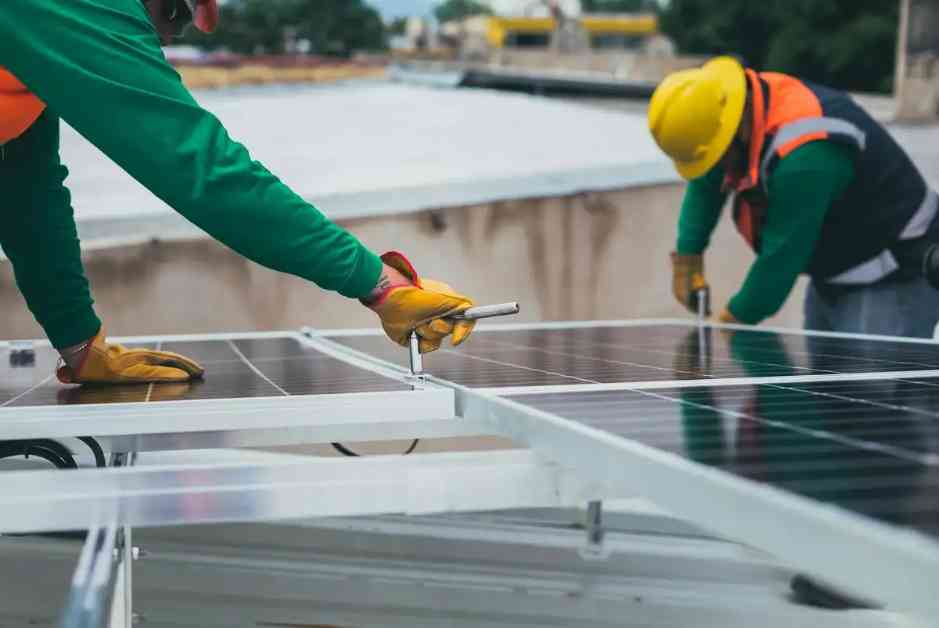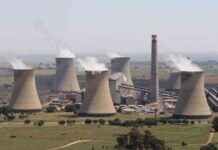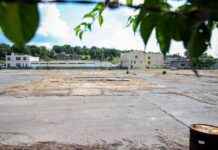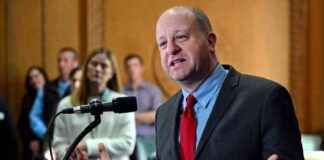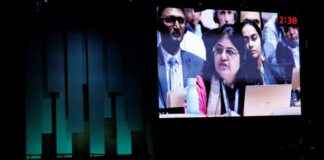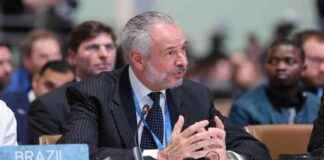Africa’s potential for renewable energy is vast, yet the International Energy Agency (IEA) reports that high financing costs are hindering the scaling up of clean power projects across the continent. This financial burden poses a significant obstacle to energy development and threatens to limit access to affordable electricity for millions of Africans. With power consumption on the rise in Africa, renewable energy sources like solar, wind, and hydropower play a crucial role in meeting this growing demand while also addressing climate change. The IEA estimates that annual energy investments need to more than double from $110 billion to over $200 billion by 2030 to achieve climate goals, energy development, and universal energy access. The majority of this increased investment is necessary for clean power projects and the essential infrastructure.
Challenges in Financing Clean Energy Projects
Many African governments face challenges in financing clean energy projects due to various factors. Public funding is often constrained by high debt servicing costs, limited financial market maturity, and low domestic savings levels. As a result, countries in Africa often rely on external funding from development finance institutions (DFIs) and international private financiers. While DFIs can offer lower interest rates, private financers often consider higher project risks, leading to a higher cost of capital. This increased cost makes it challenging for projects to be financially viable and provide affordable power to end-users. The base rate accounts for a significant portion of the overall weighted average cost of capital (WACC) for solar PV plants in Africa, highlighting the financial hurdles faced by clean power projects on the continent.
The IEA’s Cost of Capital Observatory recently added Kenya and Senegal to its list, underscoring the challenge of high financing costs for renewable energy projects in these countries. Despite progress in expanding renewable energy, the cost of capital for clean power projects remains elevated in Kenya and Senegal. For instance, the weighted average cost of capital for utility-scale solar projects in these countries is notably higher compared to rates in North America or Europe. While concessional capital plays a role in reducing financing costs, political and macroeconomic risks at the country level continue to influence borrowing costs.
Addressing Financial Barriers to Clean Energy Expansion
To reduce financing costs further and unlock Africa’s renewable energy potential, tailored solutions are needed to address various risks associated with clean energy projects. Current financing approaches often involve a high proportion of foreign currency, which can increase capital costs. In countries like Kenya and Senegal, off-taker risks are among the top concerns for clean energy projects. State-owned utilities act as the sole off-takers in these countries, and high debt levels increase the risk of non-payment to power producers. To overcome these financial barriers, improving credit ratings, expanding local currency lending, and de-risking investments through policy and regulatory stability are crucial steps.
The IEA stresses that addressing these challenges is essential for African countries to expand clean power and achieve their energy-related development goals. By enhancing credit ratings, promoting local currency lending, and mitigating risks associated with clean energy investments, Africa can tap into its abundant renewable energy resources and ensure access to affordable, reliable, and sustainable electricity for all its citizens.

